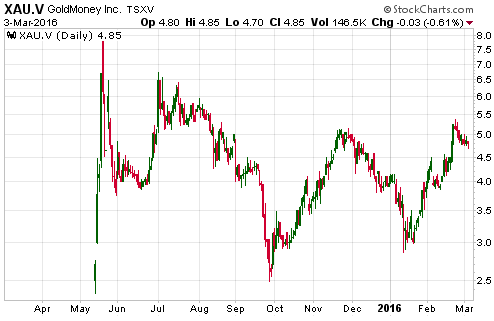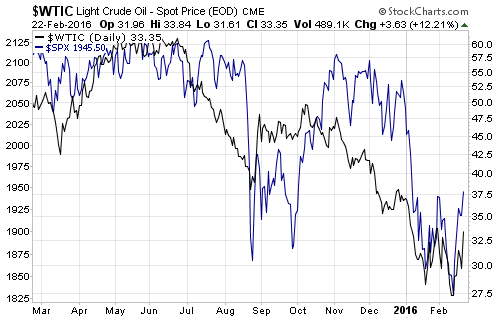Although he could well be the least bad of the choices currently being offered to US voters (mainly because he would be less inclined towards “regime change” and bombing foreigners than the other choices), Donald Trump has made many ridiculous statements on the campaign trail. Examples include his proposal for a giant wall to stop Americans from escaping to Mexico (or the other way around, I can’t recall) and his idea about banning all Muslims from entering the US. The example that I’m covering in this post has to do with Trump’s comments on international trade. If he really believes what he is saying about trade deficits and tariffs (he might not — he might just be pandering to voters), then his economics knowledge is mindbogglingly inadequate.
I was prompted to write this post by the article linked HERE. This article reveals a surprisingly-good* understanding of economics. In particular, it makes the point that when it comes to trade, what’s commonly referred to as a “deficit” does not constitute a loss. A so-called deficit could actually be viewed as a benefit given that the side with the deficit is a net receiver of valuable goods in exchange for money that these days gets created out of nothing, although it makes more sense to view trade as a win-win situation.
By way of further explanation, if you shop at Walmart then you run a trade deficit with Walmart. Obviously, this is not a problem for you, otherwise you wouldn’t do it. It’s a case of you preferring some of the products on the shelves at Walmart over some of the cash in your wallet and Walmart preferring your cash to the products on its shelves. Walmart, in turn, runs a trade deficit with each of its suppliers for the same reason — one side of the transaction favours the product over the cash and the other side favours the cash over the product.
The point is that when a trade occurs it is illogical to think of the side that parts with money in exchange for goods or services as the loser.
Furthermore, despite the assertions of power-hungry politicians (is there any other kind?) to the contrary, the logic that applies to trading within national borders doesn’t magically cease to apply when the trade is conducted across borders. For example, if Bill and Fred are trading with each other, the trade doesn’t change from being a net positive or a non-issue when they are both in the US to a national problem when Bill steps across the border into Canada.
But isn’t it the case that every dollar that flows out of the country due to a trade deficit is a dollar less of spending within the domestic economy, which, in turn, leads to a weaker domestic economy and higher unemployment?
According to neo-Keynesian orthodoxy the answer is yes, but the correct answer is no. In reality, every dollar that flows out due to a trade deficit eventually returns as some form of investment. That’s why the $500B+ annual US trade deficit has not reduced the US money supply. As Joseph Salerno explains in a 2014 article, trade-deficit dollars get invested by foreigners in US stocks, bonds, real estate such as buildings and golf courses, and financial intermediaries like banks and mutual funds, with many of the dollars ultimately being lent to or invested in US businesses. These businesses then spend the dollars on paying wages and buying real capital goods like raw materials, plants, equipment and software.
The point is that the flow of spending in the US economy is not diminished by a negative trade balance, but merely re-routed. There will be a redirection of labor and capital out of export industries into industries producing consumer and capital goods for domestic use, with no net loss of jobs.
A net loss of jobs will, however, come about due to the policies such as tariffs and currency devaluation that are put in place to ‘fix’ a perceived trade-deficit problem. Tariffs simply impose an additional cost on a large group of consumers for the benefit of a small number of producers, resulting in a net loss to the economy by supporting inefficient businesses and reducing the amount that consumers can spend elsewhere.
In conclusion, the idea that the government should act to make it more expensive for its own citizens to purchase goods that are made in other countries is so transparently stupid it’s difficult for me to understand how such actions can be advocated with a straight face.
*I expect to find the application of good economic theory at sites such as mises.org and davidstockmanscontracorner.com, but I’m always surprised when I find it in articles at mainstream websites such as Yahoo Finance.
 Print This Post
Print This Post


